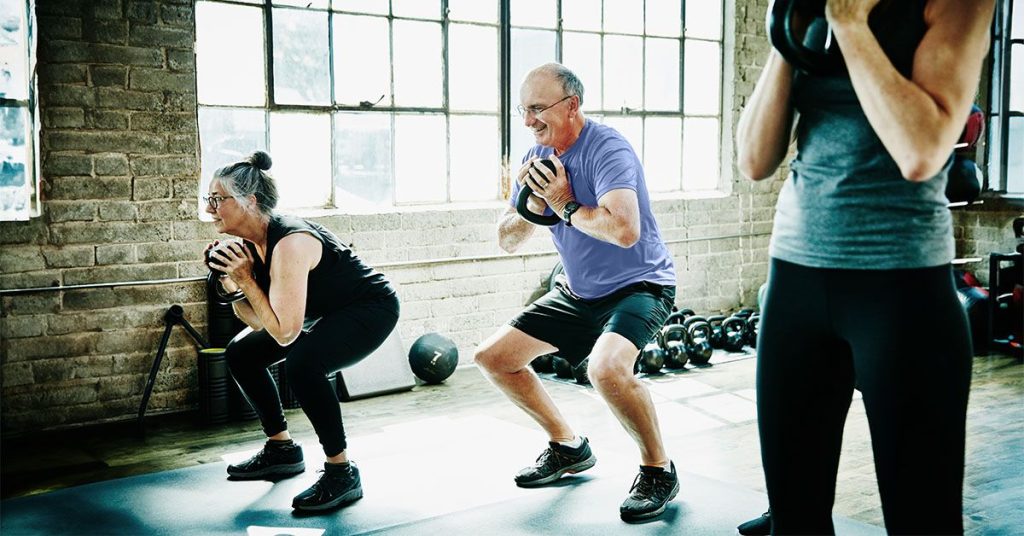Researchers are examining the changes that occur in the body with age to understand their implications and potential modifications. A recent study identified a lipid called bis(monoacylglycero)phosphate (BMP) that accumulates in the tissue of older mice and humans, particularly in muscle tissue. This lipid has been associated with various diseases and metabolic disorders in previous research. The study found that exercise can help reduce the buildup of BMP in postmenopausal women, suggesting another potential benefit of regular physical activity in aging adults. Researchers suggest that studying complex lipids, such as BMP, may help in understanding age-related diseases and overall longevity.
Further analysis of human muscle tissue confirmed the accumulation of BMP in older participants, although differences were observed between men and women. A short-term exercise intervention with overweight postmenopausal women led to lower levels of BMP following exercise, indicating a potential reduction of this lipid with physical activity. The researchers noted that more research is needed to examine the implications of BMP accumulation with age and whether it is beneficial or harmful to the body. Future studies may explore the reasons behind BMP accumulation and its role in age-related diseases.
While the initial research involved mice, subsequent studies on human muscle tissue supported similar findings, with BMP accumulation observed across different tissues. However, differences in lipid metabolism between male and female mice, as well as the small sample size and tissue variety analyzed in the human study, suggest a need for further research in this area. The short duration of the exercise intervention restricted the ability to assess long-term effects on BMP levels, prompting future studies to explore the impact of physical activity over an extended period.
The potential benefits of regular exercise for older adults extend beyond reducing BMP levels, as indicated by health experts. Exercise can help decrease the risk of falls, improve symptoms of anxiety and depression, enhance sleep quality, and reduce overall mortality risk. It also contributes to building strength, increasing energy levels, and lowering the risk of heart disease and stroke. The World Health Organization advises older adults to engage in a variety of exercises, including aerobics, muscle strengthening, and balance activities, to maintain physical health and well-being. Seeking guidance to develop individualized exercise plans can help older adults stay safe while maximizing the benefits of physical activity.
Despite the promising findings of the study, more research is necessary to fully understand the implications of BMP accumulation and its relationship to aging and disease. Researchers emphasize the importance of regular physical activity for older adults, highlighting its role in maintaining muscle strength, cognitive function, mobility, and overall quality of life. While the long-term effects of BMP accumulation remain to be determined, the study underscores the potential benefits of exercise in mitigating age-related changes and promoting healthy aging. Older adults are encouraged to incorporate regular physical activity into their routines, guided by expert recommendations to optimize their well-being in later life.


